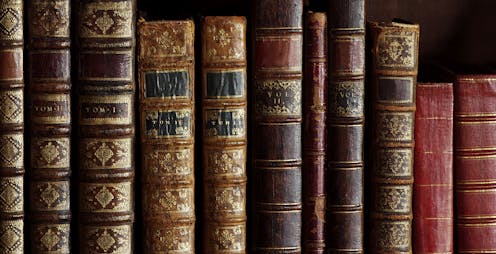

Authors: Lynda Kachurek, Head of Book Arts, Archives, & Rare Books, University of Richmond
Read more


